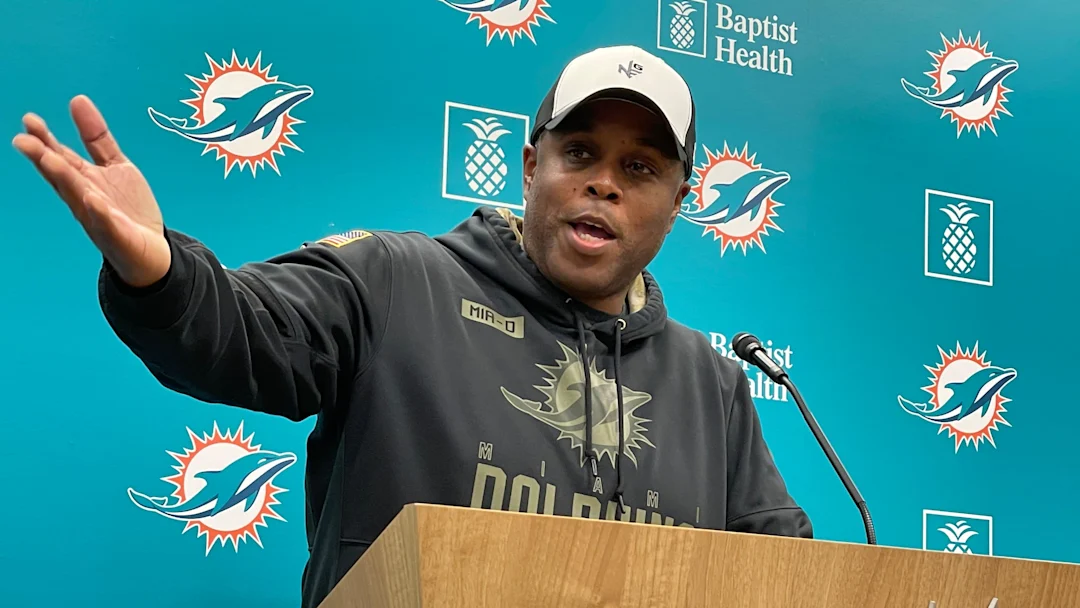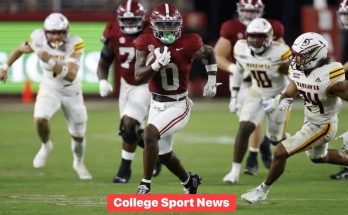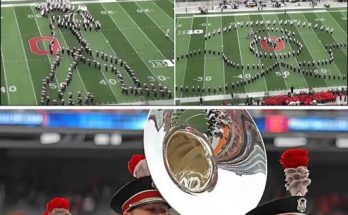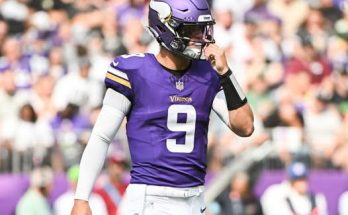The Miami Dolphins have been one of the most exciting teams in the NFL in recent seasons, thanks in large part to their explosive offense, which boasts some of the league’s top playmakers. With a quarterback in Tua Tagovailoa who has shown flashes of brilliance and weapons like Tyreek Hill and Jaylen Waddle stretching defenses, the Dolphins seem to have a recipe for success. However, despite all the talent on offense, one glaring issue continues to hold the team back: the offensive line.
In 2024, the Dolphins’ offensive line has been the subject of scrutiny. Protecting the quarterback and opening holes for the running game are two of the most fundamental aspects of a successful offense, and this unit’s struggles have been evident. Tagovailoa has been under pressure, taking sacks, and the running backs have not been able to find consistent space to break off long runs. But what’s often missed in the conversation surrounding the Dolphins’ offensive line is that these struggles aren’t due to a lack of effort.
While it may be easy to place the blame on underperforming players, the truth is that the offensive line has been working hard to correct its issues. There’s a significant difference between lack of effort and a lack of execution, and the Dolphins’ O-line is the latter. In this article, we will dive into the factors contributing to the offensive line’s struggles and explore why it’s not due to a lack of effort from the players involved.
Understanding the O-Line’s Struggles
To understand the Dolphins’ offensive line issues, it’s important to break down the factors that are at play. First, the unit has had its fair share of injuries, which can significantly impact performance. Injuries to key players like left tackle Terron Armstead have forced the Dolphins to shuffle their line on several occasions. While backup players can step up in the short term, the constant rotation of personnel does not lend itself to consistent play and cohesion.
Additionally, there are concerns around the development of some younger players. The Dolphins have made several investments in the offensive line, but the development process can take time. Rookies and second-year players may show flashes of potential but can struggle with consistency, especially when facing top-tier NFL defenses week after week.
Another issue is the complexity of modern defensive schemes. Defensive coordinators across the league are dialing up creative blitzes and pressure schemes that require offensive lines to make quick, precise decisions. It’s not just about blocking the man in front of you anymore; it’s about picking up stunts, communicating with your teammates, and reacting in real-time to defensive changes. Even the most talented linemen can struggle to adapt to the speed and complexity of the NFL game, and that has been a key factor in the Dolphins’ offensive line issues.
A Shift in the Narrative: Effort Is Not the Problem
The phrase “lack of effort” is a convenient scapegoat in sports, especially when fans and analysts are frustrated by poor performance. However, it doesn’t tell the full story. When you break down the Dolphins’ O-line play, it becomes clear that these players are putting in the work — they just haven’t been able to execute consistently.
One of the things that stands out about the Dolphins’ offensive line is their passion and desire to improve. Offensive linemen, often the unsung heroes of an offense, don’t get the glory that skill players like quarterbacks and wide receivers receive. Yet, they are the backbone of every successful offensive unit. Dolphins’ linemen have expressed repeatedly that they understand the weight of their responsibilities and the importance of executing their assignments.
Miami’s O-line coach, Matt Applebaum, has worked hard with the unit, emphasizing communication and technical refinement. The team has had to deal with different blocking schemes, player rotations, and changes in personnel, but the coaching staff has remained diligent in preparing the line to be as effective as possible. The players have been receptive to the coaching and have shown a genuine effort to get better each week.
Moreover, the Dolphins’ linemen have been vocal in their own accountability. Players like Robert Hunt and Austin Jackson have publicly acknowledged their need to improve their play, showing a level of self-awareness that’s crucial to development. In interviews, they’ve been open about their struggles and how hard they are working to fix them. The dedication to improving their craft is evident, and it would be a disservice to the players to reduce their struggles to just a lack of effort.
Cohesion and Chemistry: The Missing Link
One of the most critical aspects of any offensive line is chemistry. Offensive linemen need to be able to trust one another, communicate seamlessly, and function as a unit. This cohesion is often the difference between an average offensive line and a great one.
For the Dolphins, the lack of consistent personnel has been a significant factor in the struggles of their O-line. When players are forced to miss time due to injuries or when rotations are frequent, it becomes difficult for the group to build the necessary chemistry. For example, the Dolphins have often shuffled around players like Liam Eichenberg, who has had to move from guard to tackle in various games. This lack of stability and continuity makes it hard for the O-line to function optimally.
The Dolphins have also been dealing with some growing pains as they try to integrate younger players. Austin Jackson, who has flashed potential but has also shown inconsistencies, has faced criticism at times. However, it’s worth noting that Jackson is still learning, and much of his inconsistency can be attributed to experience rather than a lack of effort. Rookies often take time to adjust to the speed of the NFL game, and Jackson is no exception. That’s not to say he doesn’t have the potential to become a cornerstone of the Dolphins’ offensive line — he just needs more time and experience to reach his peak.
The communication issues that arise when players are constantly moving in and out of the lineup can lead to missed assignments and breakdowns in pass protection. This is an issue that is not solved through effort alone; it requires consistency, repetition, and time spent playing together.
Defensive Complexity: How Opposing Schemes Are Making Life Harder
It’s important to recognize that the Dolphins’ offensive line isn’t struggling just because they aren’t working hard enough. They are facing some of the most talented defensive fronts in the league, and defensive coordinators are designing schemes that force offensive lines to make quick decisions and adapt on the fly.
In today’s NFL, defensive coordinators often bring creative blitzes and rush packages that require offensive linemen to be more than just physical blockers. In many cases, linemen need to read the defense pre-snap, communicate their assignments, and react quickly when defensive players change positions or timing. With the Dolphins facing some of the league’s best defenses, including the Buffalo Bills, New England Patriots, and others with elite pass rushers, this complexity adds an extra layer of difficulty for the offensive line.
While some teams are able to successfully execute under these pressures, it’s important to remember that the Dolphins’ offensive line has been playing a complex game of catch-up. Tagovailoa’s ability to read the defense and get the ball out quickly helps, but even with this advantage, the offensive line still needs to hold up in the trenches against defensive lines that are coached to exploit weaknesses. In many cases, the Dolphins’ offensive line has been caught in difficult situations where they are asked to handle multiple rushers or are forced into blocking assignments they weren’t prepared for.
The Role of the Coaching Staff: Accountability and Support
It’s crucial to recognize the role of the Dolphins’ coaching staff in supporting their offensive line. Head coach Mike McDaniel and offensive coordinator Frank Smith have worked hard to develop schemes that can take some of the pressure off the offensive line. With quick passing concepts, motion, and play action, they’ve designed a system that allows Tagovailoa to get the ball out of his hands faster, reducing the time the O-line needs to hold their blocks.
However, no system is perfect, and there are times when the offensive line is simply overwhelmed by elite defensive fronts or caught off guard by unexpected blitzes. McDaniel has been vocal in supporting his players, emphasizing that he believes in the effort and determination of the offensive line. This backing from the coaching staff helps reinforce the idea that the struggles of the offensive line aren’t due to a lack of trying, but rather a combination of external factors that need time and focus to resolve.
The coaching staff is also continuously evaluating and addressing areas for improvement. With every game, adjustments are made, and while some of these changes take time to take effect, it’s clear that the team is doing everything it can to help its offensive line improve. This effort and support from the top down should not be ignored.



